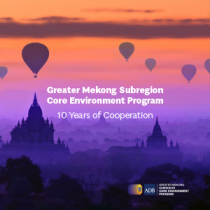
Greater Mekong Subregion Core Environment Program: 10 Years of Cooperation
This publication highlights how the Greater Mekong Subregion Core Environment Program has contributed to sustainable development over the last decade.

This publication highlights how the Greater Mekong Subregion Core Environment Program has contributed to sustainable development over the last decade.
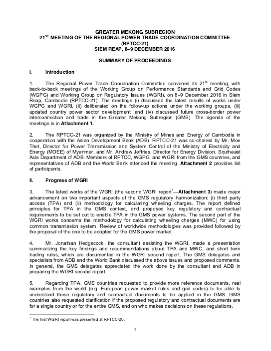
This is the summary of proceedings of the 23rd Meeting of the Regional Power Trade Coordination Committee in Vientiane, Lao People’s Democratic Republic on 13-15 December 2017.
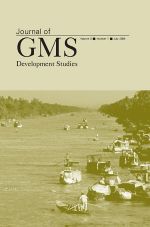
This issue of the Journal focuses on the seminal research undertaken by Social Research Institute of Chiang Mai University (SRI-CMU) on the question: How does community-based tourism (CBT) impact on poverty? Five research papers were selected from the SRI-CMU project. The overview article, Tourism: Blessings for All?, by Mingsarn Kaosa-ard, discusses the returns from tourism and how these returns are being shared from a national perspective. The benefits and the potential negative impacts of tourism are weighed.
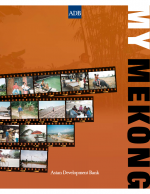
At the core of the Mekong region are the 320 million people who share a common culture and are nourished by the same great river. More connected than ever before, lives are changing as the meaning of community expands beyond borders. The photographs in My Mekong take us into the heart of that community, as seen through the eyes of its young people.
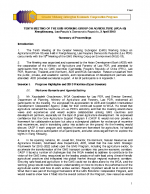
The 9th Meeting of the Greater Mekong Subregion Working Group on Human Resource Development was held in Guilin, Guangxi Zhuang Autonomous Region, People's Republic of China, on 20-21 May 2009.
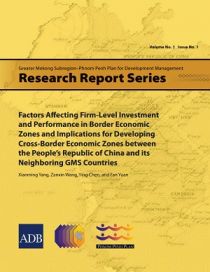
The establishment of cross-border economic zones in the border areas of the People's Republic of China and its neighboring countries in the Greater Mekong Subregion has recently emerged as a strategy for further promoting trade and investments in the subregion. Unlike a border economic zone (BEZ), which is confined within the national territory, a CBEZ is an economic zone traversing a transnational area and requiring a unified set of policies and incentives in such areas as finance, taxation, investment, trade, and customs regulation.
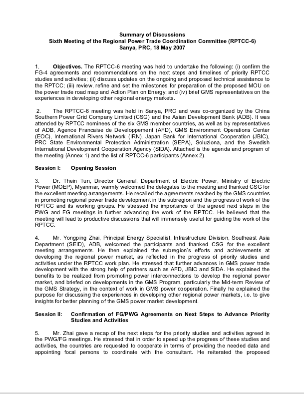
The Special 12th RPTCC meeting (RPTCC-12-A) was held mainly to continue discussions on the inter-governmental MOU to establish the Regional Power Coordination Center (RPCC), which will oversee the evolution of the GMS power market toward a more open, but appropriately regulated competitive market.
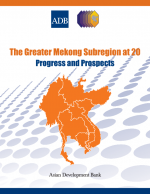
Over the past 20 years, the Greater Mekong Subregion Program has achieved substantial success in improving regional connectivity through investments of $15 billion as well as more than 180 technical assistance projects.

This collection of images illustrates the progress and challenges of 20 years of work in the Greater Mekong Subregion.
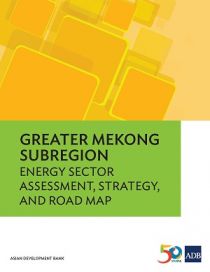
This energy sector assessment, strategy, and road map documents the current assessment and strategic investment priorities of ADB and the governments of the Greater Mekong Subregion countries in the energy sector.